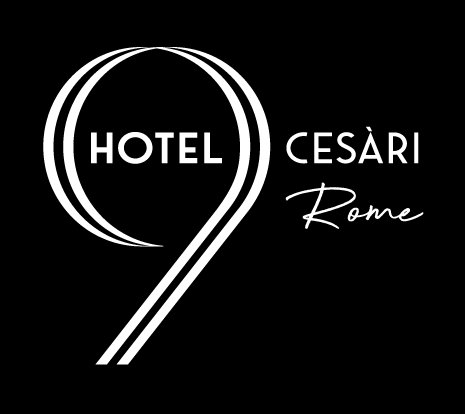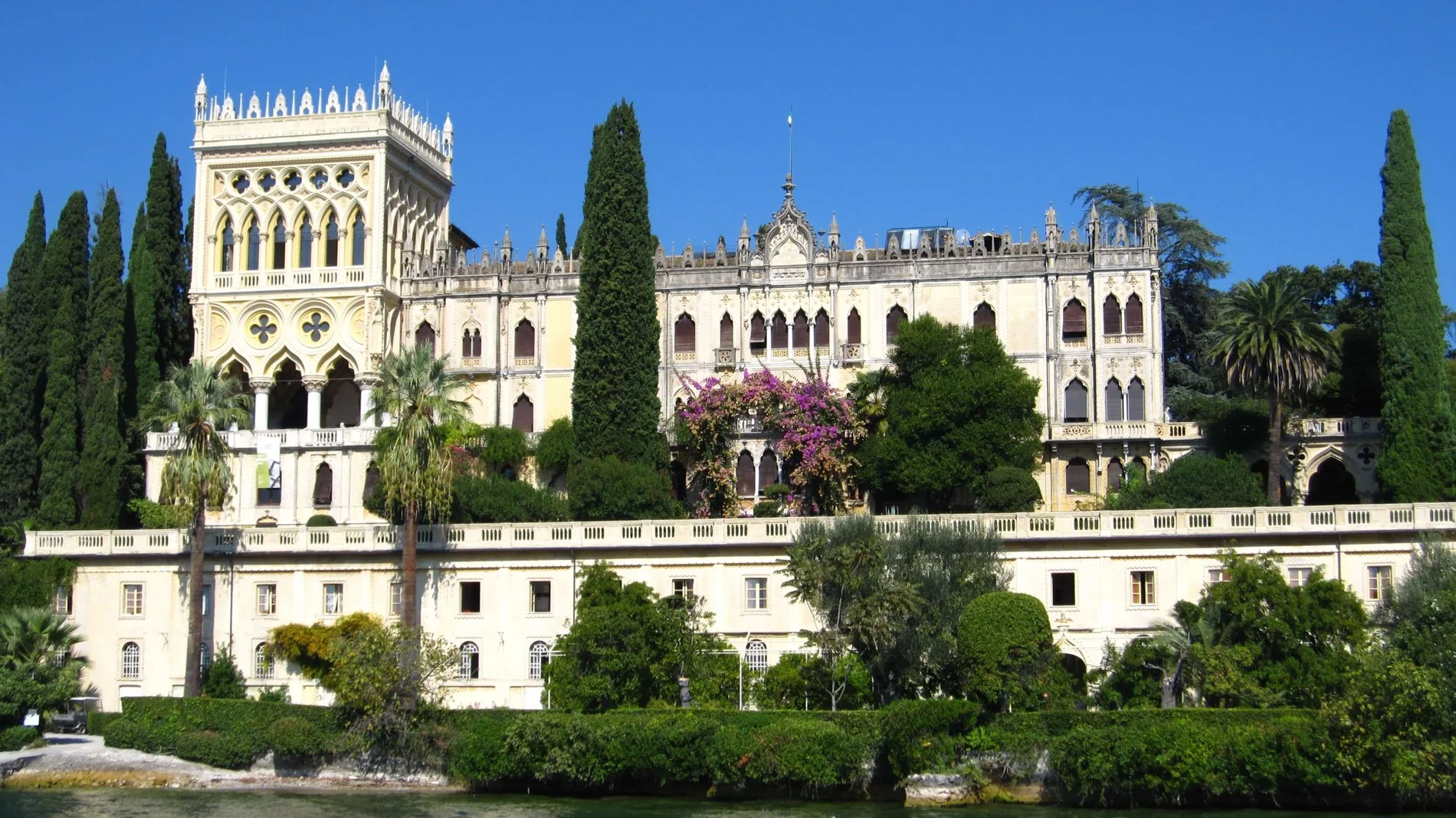Villa Borghese
Villa Borghese is easily accessible and located a mere 20-minute walk from our hotel in the heart of Rome
A visit to the gardens of Villa Borghese is a must during your city tour! Who hasn’t gotten lost in the vastness of these gardens at least once? It's a stop you won't regret making! Villa Borghese is one of Rome's largest parks, centrally located near the Piazza del Popolo. Spanning around 80 hectares, it is one of the city’s most beautiful and renowned green spaces. The villa is famed for its gardens, museums, and architecture, drawing visitors from all over the world. You'll also find art museums and academies. For breathtaking views, we recommend visiting during the late afternoon, at sunset. From Piazza del Popolo and descending towards the Piazzale terrace, the vista opens up to not only the gardens but also major landmarks such as the Vatican and its palaces, St. Peter's Basilica's dome, and even the Pantheon. Another unique feature of this place is the commedia dell'arte. Inside the park, a water clock was built in 1867. Right next to it, the "San Carlino" Puppet Theater offers numerous puppet shows animated by the Commedia dell'arte.
History of Villa Borghese
The villa was built in the 17th century by the Borghese family, one of Rome's wealthiest and most influential families at the time. Cardinal Scipione Borghese was a significant art patron and amassed an impressive collection of sculptures, paintings, and Roman antiquities. He also hired the best architects and artists of his time to build the villa and its gardens.
The villa served as the Borghese family's summer residence and a venue for entertaining guests of the papal court. Over the years, the villa underwent multiple expansions and renovations and was eventually sold to the Italian state in 1901.
Villa Borghese Today
Today, Villa Borghese is a popular public park, with magnificent green spaces, museums, art galleries, theaters, and restaurants. The gardens of Villa Borghese are particularly renowned, featuring shaded walkways, fountains, statues, and magnificent views of Rome. Visitors can stroll through the gardens, rent bicycles or segways, or even take a horse-drawn carriage ride.
The park also houses several museums, including the Borghese Museum, home to the Borghese family's art collection, and the National Etruscan Museum of Villa Giulia, showcasing Etruscan and Roman art objects. There's also the Modern Art Gallery, which displays 19th and 20th-century artworks, and the Galleria Nazionale d'Arte Antica in Palazzo Barberini, which houses a Renaissance and Baroque art collection.
Villa Borghese is also known for its theaters, including the Teatro dei Piccoli, the world's smallest theater, and the Teatro Nazionale, featuring classical theater and music productions.
Highlights of Villa Borghese
Villa Borghese is an essential stop for tourists in Rome. Here are some of the villa's highlights:
Gardens of Villa Borghese
The gardens of Villa Borghese are among Rome's most expansive green spaces, spanning over 80 hectares. The gardens were established in the early 17th century when the Borghese family acquired the property and started designing the French-style gardens.
The gardens today are a popular relaxation spot for both Romans and tourists worldwide. Visitors can enjoy a peaceful walk through the shaded walkways, discover the various fountains and sculptures, or simply relax on the grass and savor the view.
Villa Borghese gardens are divided into different areas, each providing a unique experience for visitors. The central garden area is a vast lawn lined with walkways and cypress groves. Here, visitors can find playgrounds for children, food stands, and kiosks offering refreshments.
The gardens also feature an open-air theater, the Teatro Globe, hosting theatrical performances during summer. This theater is a popular spot for cultural events and music concerts.
Visitors can also explore the villa's botanical gardens, home to over 300 different plant species, some of which are rare and endangered. The botanical gardens also feature a rose garden with over 1,100 different rose varieties.
The Borghese Museum
The museum houses an exceptional collection of Renaissance and Baroque art, including sculptures by Bernini and paintings by Caravaggio, Raphael, and Titian.
The museum's collection primarily consists of works gathered by the Borghese family in the 17th century. Cardinal Scipione Borghese, the nephew of Pope Paul V, was a passionate art collector and amassed an impressive collection, which he later showcased in his villa. Today, the Borghese Museum is one of the few museums in the world where one can see so many artworks housed in one place.
The museum's most celebrated pieces are the sculptures by Gian Lorenzo Bernini, one of the most significant artists of the Baroque period. Visitors can marvel at sculptures such as "Apollo and Daphne," "The Rape of Persephone," and "David." These sculptures are renowned for their realism, dynamic movement, and their portrayal of human emotion.
The museum also features a significant collection of paintings by Caravaggio, a controversial Baroque era artist. Visitors can view works such as "Boy Bitten by a Lizard," "Madonna of the Palafrenieri," and "David with the Head of Goliath." Caravaggio's paintings are famous for their striking realism and dramatic use of light and shadow.
In addition to sculptures and paintings, the Borghese Museum also boasts a substantial collection of drawings, prints, furniture, and decorative art pieces.
The Borghese Museum is very popular, and tickets should be booked in advance to ensure entry. Visitors can choose to take a guided tour or explore the museum at their own pace. The museum is open every day except Monday.
The Galleria Nazionale d'Arte Antica in Palazzo Barberini
Located within Palazzo Barberini, a splendid 17th-century Baroque building set in the grounds of Villa Borghese, the museum showcases a collection of Renaissance and Baroque art, including paintings by Raphael, Fra Angelico, and Caravaggio.
The gallery is divided into several sections, each dedicated to a particular artist or period. The Italian Renaissance section displays works by Raphael, Fra Angelico, Filippo Lippi, and Perugino. Exhibited pieces range from religious altarpieces to portraits and mythological and allegorical paintings.
The Baroque section primarily showcases works by Caravaggio and his followers. Visitors can admire renowned paintings such as "Judith Beheading Holofernes," "Narcissus," "The Sacrifice of Isaac," and "Saint Francis in Ecstasy." The section also features works by Guido Reni, Giovanni Lanfranco, and Domenichino.
Beyond the paintings, the gallery also presents a collection of drawings and prints, as well as decorative art items like tapestries and furniture.
Palazzo Barberini itself is an architectural gem. Built between 1625 and 1633 for Cardinal Francesco Barberini, it is the work of Carlo Maderno and Francesco Borromini, two of the most celebrated architects of the Baroque period. The palace was designed to astonish and impress its visitors, with its facade adorned with stuccos, sculptures, and frescoes, and its grand marble staircase leading to the first floor.
The Artificial Lake
Villa Borghese's artificial lake is a beautiful stretch of water covering roughly 6 hectares. The lake is fed by a natural freshwater spring, ensuring clean and clear water throughout the year.
The lake is bordered by lawns, trees, and laurel groves, and surrounded by walking paths. Visitors can rent rowboats or pedal boats to enjoy a stunning view of the villa's gardens.
Rowboats are traditional wooden vessels equipped with oars for paddling. Pedal boats are also available, fitted with pedals to move through the water. Visitors can rent boats for durations ranging from 30 minutes to an hour.
The lake is also an ideal spot for observing flora and fauna. Ducks, swans, turtles, and other aquatic animals can be seen here. Anglers can also try their luck catching fish like carp and tench.
The Villa Borghese lake was created in the 17th century when the Borghese family purchased the estate and began landscaping the gardens. The lake was designed as a relaxation spot for the family, a place where they could sail and appreciate nature.
Today, the lake is open to the public and remains one of Villa Borghese's main attractions. Visitors can rent boats and spend a relaxing day amidst nature, admiring the villa's gardens from the water.
The Rome Zoo
Rome's zoo, also known as Bioparco, is situated within Villa Borghese and stands as one of Italy's most popular zoos. The zoo houses a wide variety of animals, including rare and endangered species.
Established in 1908, it is Italy's oldest zoo. Founded with the purpose of protecting and preserving wildlife, it has become a favored destination for both Romans and tourists worldwide.
Today, the zoo is home to over 200 animal species, including elephants, tigers, lions, giraffes, monkeys, reptiles, and birds. The zoo is divided into several areas, each dedicated to a specific geographical region such as Africa, Asia, and South America.
Visitors can explore the animals by strolling along the zoo's shaded pathways, attending animal feedings and shows, or visiting the contact zones where they can safely interact with select animals.
The zoo is actively involved in the conservation of endangered species by participating in breeding programs and collaborating with other zoos and wildlife protection organizations. They also offer educational programs for children to raise awareness about the significance of wildlife conservation and environmental protection.
The Pincio
The Pincio is a hill located within Villa Borghese, offering a breathtaking panoramic view of Rome. It stands as one of Rome's most romantic and picturesque spots, making it a popular rendezvous for lovers and walkers.
The Pincio was once a worship site dedicated to the Roman goddess Cybele. Today, it's a beloved public park, boasting gardens, fountains, sculptures, and shaded avenues. Visitors can reach the hilltop via a spiral staircase or an elevator.
From the hill's summit, a lookout offers a spectacular view of Rome, encompassing landmarks such as the Piazza del Popolo, the Vatican, the Colosseum, and the dome of St. Peter's Basilica. This viewpoint is a favorite gathering spot for lovers and photographers, presenting the perfect setting to watch Rome's sunset.
Pincio's park also serves as a popular walking venue, with shaded paths and well-maintained gardens. Visitors can stroll through the gardens, jog, bike, or simply relax on the grass and savor the view.
Moreover, the Pincio is a hub for public events, including concerts and festivals. Visitors can check the local events schedule to see what's happening on the hill.
Villa Borghese is a fantastic spot to spend a day in Rome, whether for relaxing in the gardens, marveling at the museum artworks, or enjoying the city views from the Pincio. Guests can also attend theater or music performances, take a horse-drawn carriage ride, or rent bicycles or segways to explore the park.
For further information, don't hesitate to ask the staff at the 9Hotel Cesàri. They will be delighted to provide information and assist in planning your day at Villa Borghese.


